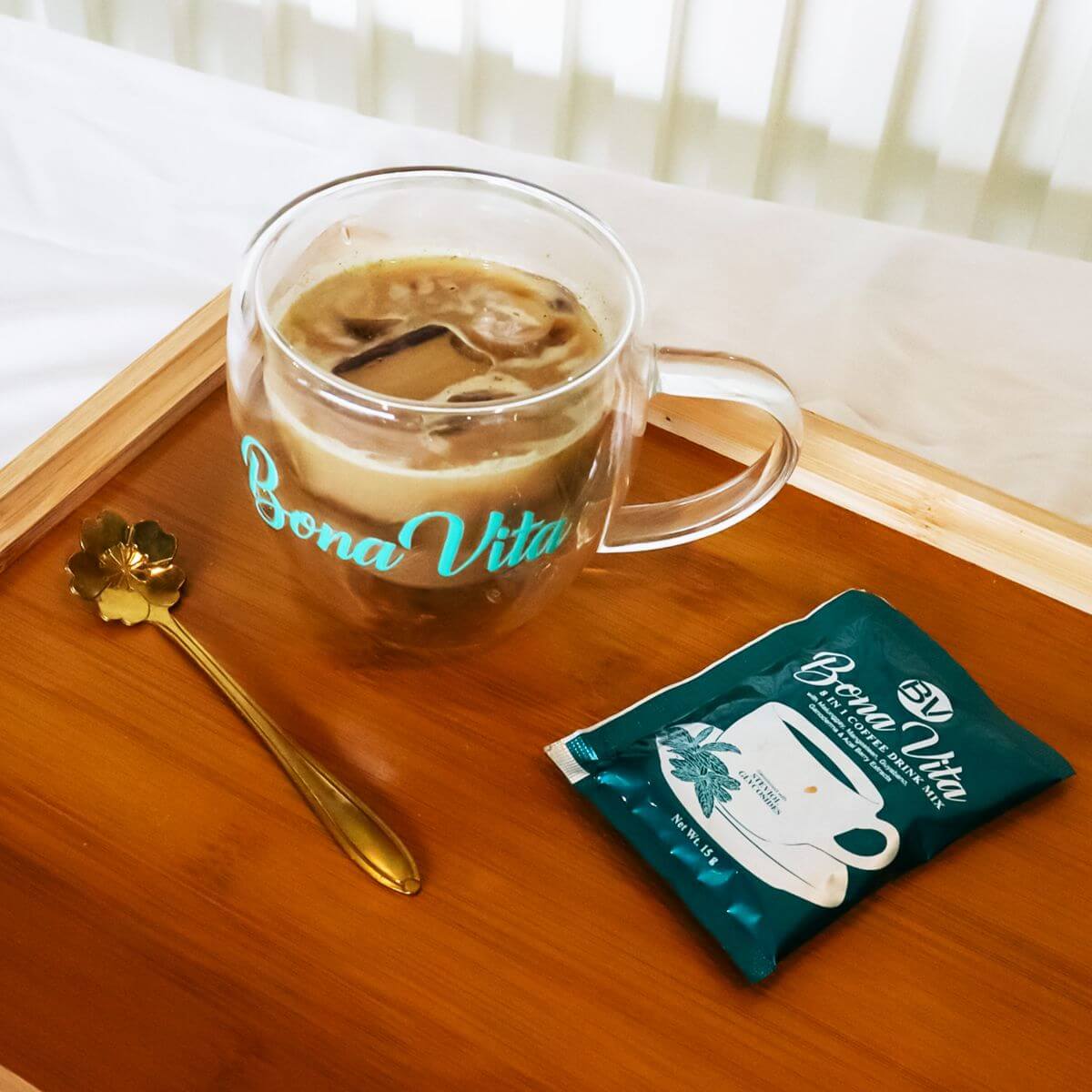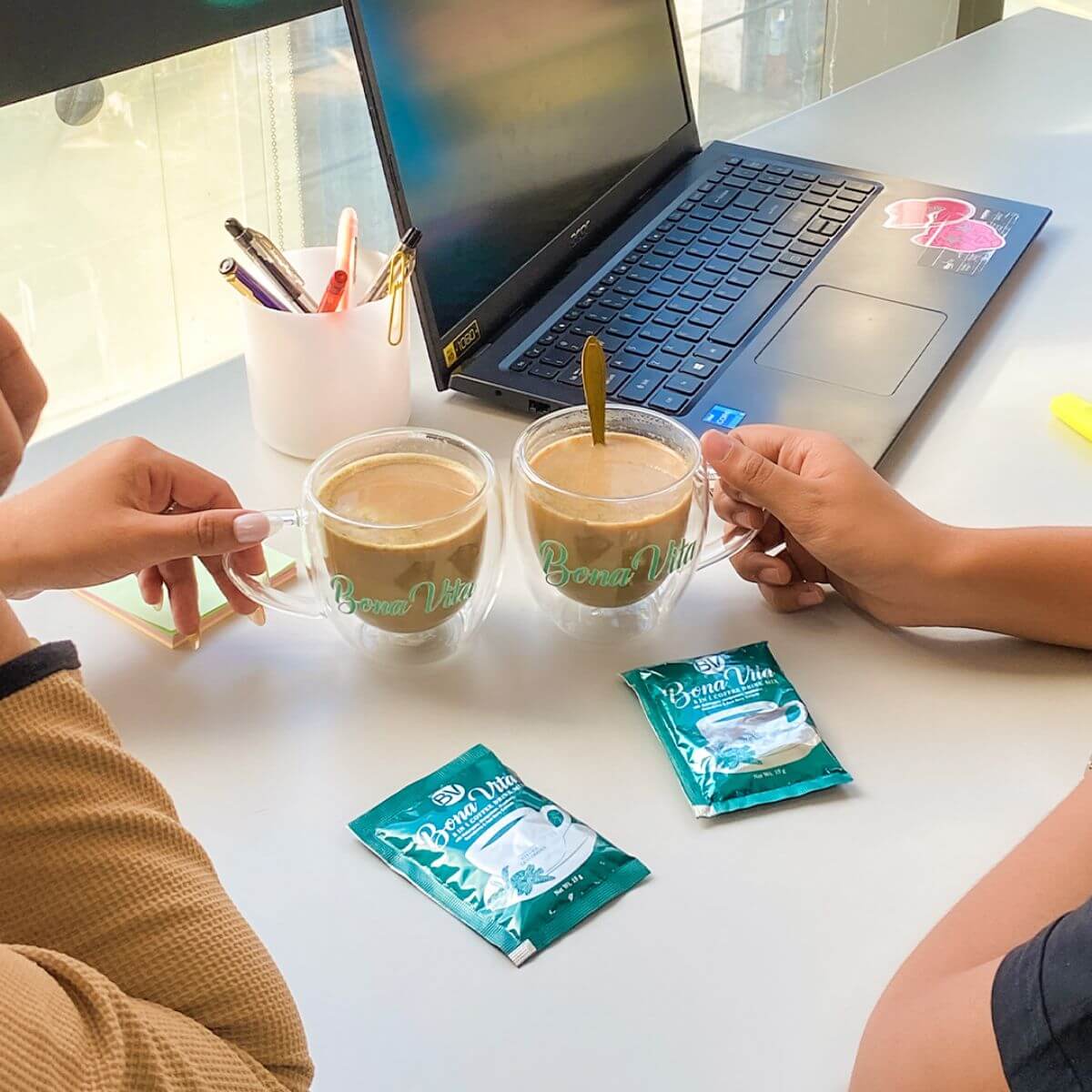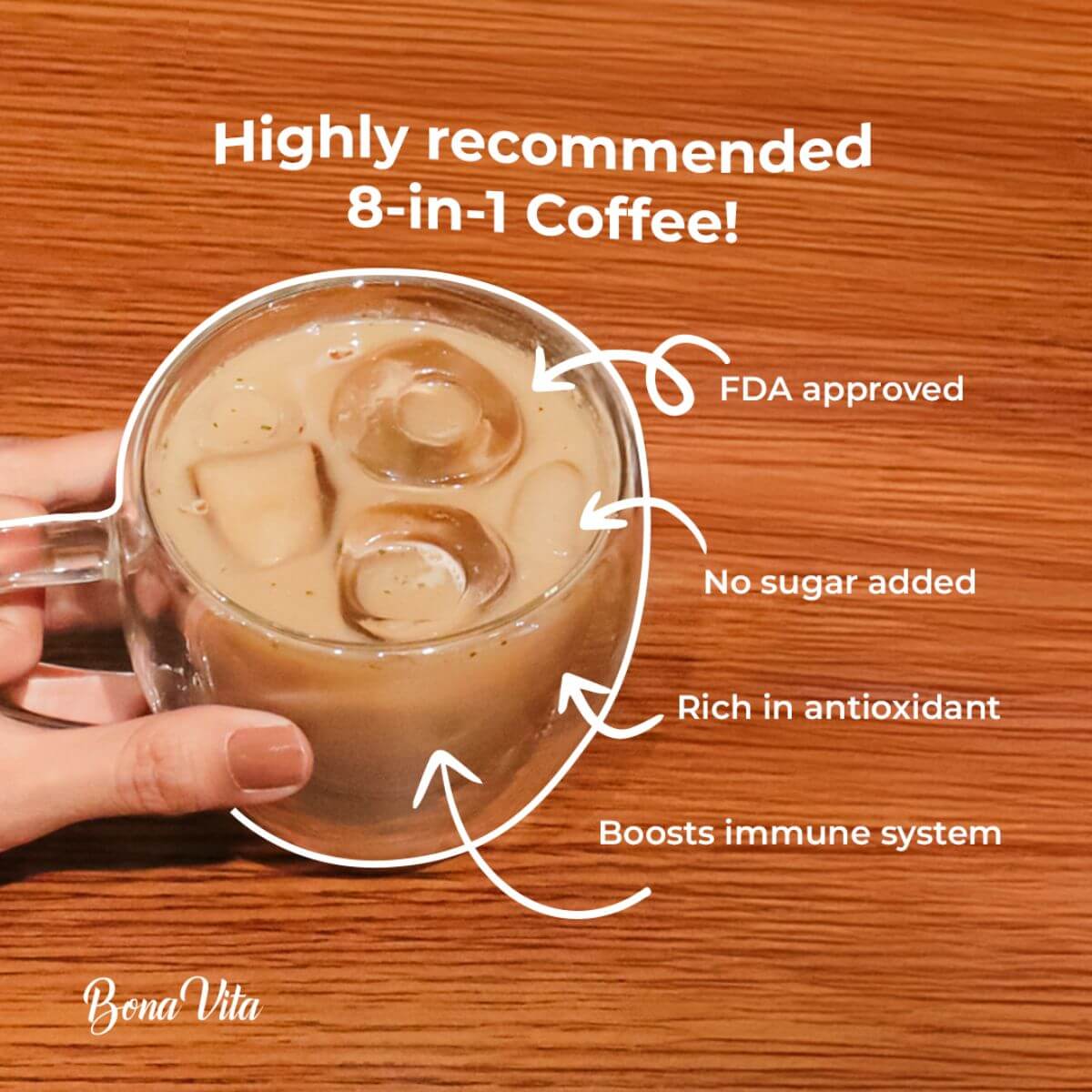Overview
- Coffee labels evolved to provide transparency, highlighting freshness, sourcing, certifications, and unique product qualities.
- They guide consumers in choosing coffee that matches their lifestyle and preferences.
- Bona Vita emphasizes organic, caffeine-free options with full ingredient details, offering a healthier alternative while ensuring quality, consistency, and confidence in every cup.
Coffee labels haven’t always been part of your daily cup. In the early days, coffee was sold in bulk and often mixed with other beans or fillers, leaving buyers uncertain about what they were getting. As coffee culture grew and consumers became more particular about quality, roasters and producers started using labels to highlight what made their coffee distinct.
That history is what makes any modern guide to reading coffee labels so valuable, as it shows us how these details evolved to communicate freshness, authenticity, and even farming practices. Today, coffee labels serve as a window into the story behind every cup.
Here at Bona Vita, labels are especially important because they highlight the organic, caffeine-free qualities that set us apart in a market dominated by regular coffee.
What Are the Important Coffee Label Facts to Know?

A coffee label is more than decoration—it’s the producer’s way of communicating with you. Every detail serves a purpose, from safety and transparency to flavor.
For example, at Bona Vita, we offer organic coffee, which means it doesn’t have the regular caffeine found in conventional coffee. Instead, it contains carefully selected ingredients that provide similar energizing effects, serving as a healthier substitute for traditional coffee.
Understanding coffee labels helps distinguish generic products from carefully sourced ones. For health-conscious drinkers, this knowledge ensures every cup aligns with their lifestyle and preferences.
Certifications And Sourcing
Certifications and sourcing details on coffee labels aren’t just logos—they prove quality standards and reveal where the coffee comes from.
- Certificate:
- This shows that the product has met specific standards, which help consumers make informed choices and provide assurance that the coffee was produced responsibly.
- Some of the most common certifications include:
- Organic: Grown without synthetic chemicals.
- Fair Trade: Ensures farmers receive fair prices and work under safe conditions.
- Rainforest Alliance: Promotes sustainable farming, forest conservation, and worker welfare.
- Philippine Coffee Board Certification: Confirms local quality and adherence to production standards.
- Product identity
- This section tells you exactly what you’re buying, whether it’s instant coffee, a single-origin roast, or a specialty blend.
- For Bona Vita, the label emphasizes its organic and caffeine-free qualities, making it clear that this isn’t your average coffee.
- Net quantity:
- Coffee labels also include the total weight or volume, allowing you to compare products and understand how much you’re getting. It’s practical for portioning and calculating cost per serving.
- Ingredient list:
- Shows exactly what’s in your coffee, so you know what you’re consuming matches what’s advertised.
- At Bona Vita, we go further by listing our full range of organic ingredients. This not only provides a healthier caffeine-free alternative but also highlights the added wellness benefits in every cup.
For Freshness And Flavor

- Roast Date:
- This tells you when the coffee was roasted, which is crucial for freshness. Coffee starts losing flavor soon after roasting, so knowing the date helps you pick a cup that’s at its peak taste.
- Roast Level:
- This indicates how light or dark the beans were roasted, which affects both flavor and aroma, as well as their health benefits.
- Common ways they are roasted are:
- Light Roast: Highlights the bean’s natural characteristics with bright acidity.
- Medium Roast: Balances acidity and body for a well-rounded cup.
- Dark Roast: Offers bold, smoky flavors with reduced acidity.
- Variety:
- Refers to the coffee species and cultivar, such as Arabica or Robusta, each with a unique taste profile. This can determine whether the cup is mild and floral or bold and earthy.
For Sourcing And Quality
- Origin:
- The country or region where the coffee is grown is often linked to flavor. For example, Ethiopian coffee is known for fruity notes, while Colombian varieties are smooth and balanced.
- With Bona Vita, the label emphasizes sourcing from local, organic farms committed to healthier, chemical-free cultivation.
- Altitude:
- Higher altitudes often lead to slower bean development, producing denser beans with more complex flavors. It’s a common detail on specialty coffee bags that tells you the extra care taken during cultivation.
- Processing Method:
- This indicates how the coffee cherries were handled after harvest. Each method affects flavor, aroma, and body, so knowing the processing style helps you understand what to expect in your cup.
- Common methods include:
- Washed (or Wet) Process: Beans are fermented and washed to remove the fruit before drying. Produces a clean, bright flavor with pronounced acidity.
- Natural (or Dry) Process: Beans are dried inside the whole fruit. Yields a fruitier, heavier-bodied coffee with more complex aromas.
- Honey Process: Beans are partially depulped and dried with some fruit still attached. Balances sweetness and acidity for a smooth, nuanced cup.
Key Takeaway
Understanding the details on a coffee label is essential for making informed choices about what you drink. With a clear guide to reading coffee labels, you’re more confident that every cup aligns with your lifestyle and wellness goals.
Bona Vita’s 8-in-1 instant coffee uses natural ingredients to provide energy without caffeine—an ideal alternative to traditional coffee. Discover our organic options today and enjoy a healthier coffee experience.



